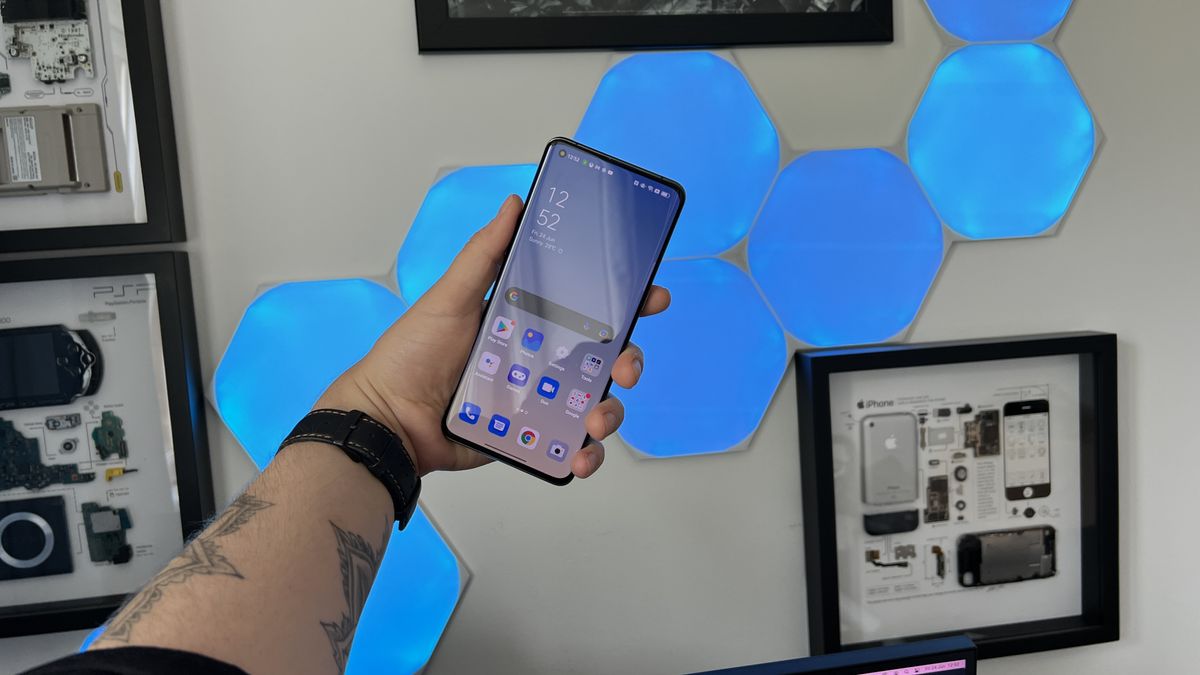Oppo Find X5 Pro Specs
Price: £1,049
OS: Color OS 12 / Android 12
Display: 6.7-inch 120Hz AMOLED 1440 x 3216 pixels
CPU: Qualcomm Snapdragon 8 Gen 1
RAM: 12GB
Rear cameras: 50MP wide (f/1.7), 50MP ultrawide (f/2.2), 13MP telephoto (f/2.4)
Front camera: 32MP (f/2.4)
Storage: 256GB
Battery: 5,000mAh
Size: 6.4 x 2.9 x 0.3 inches
Weight: 6.8 ounces
Android smartphones are a funny old business. You can get two different-looking phones and never realize that you’re essentially using the same phone from the same company.
I’m of course talking about big brands and their subsidiaries. In this situation, I’m referring to the fact that Oppo owns OnePlus. On paper, the Oppo Find X5 Pro and the OnePlus 10 Pro is the equivalent of the Spider-Man pointing at Spider-Man meme.
As you’ll find in this review, all of my hands-on time will go towards answering two simple questions: does the Oppo Find X5 Pro differentiate itself enough from the OnePlus 10 Pro, and is it any better for it?
Oppo Find X5 Pro price and configurations
The Oppo Find X5 Pro (opens in new tab) isn’t officially out in the US, but you can pick it up in the UK for £1,049 in either black or white. That translates roughly to $1,290, and it’s pretty expensive for a phone like this.
For context, if you bought the OnePlus 10 Pro (opens in new tab) with the same RAM and storage (12GB + 256GB), you’re spending £899.
Oppo Find X5 Pro design
It’s rare that I’ll ever describe a phone’s design as “unique” , but I’ll make an exception for the Oppo Find X5 Pro (and the upcoming Nothing phone (1)). Bar all the text on the back, the Find X5 Pro is gorgeous.
In the hand, it feels familiar — like any slab phone you’ve picked up in the past. At 6.4 x 2.9 x 0.3 inches with a weight of 6.8 ounces, it’s exactly the same size as the OnePlus 10 Pro, but 0.3 ounces lighter.
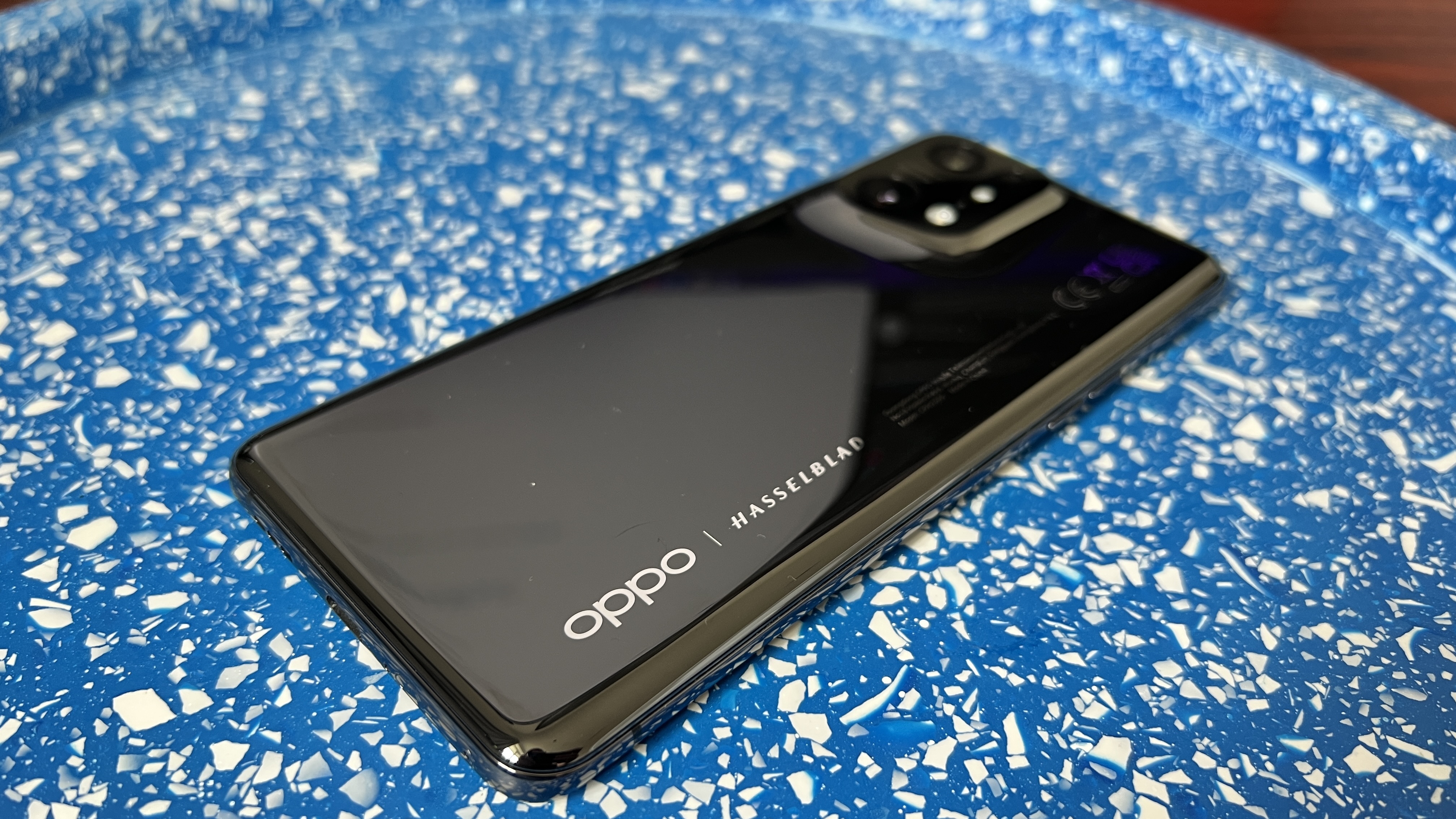
The aesthetic of the single piece of ceramic on the back flowing smoothly into the camera bump, the metal rail seamlessly transitioning round to the Gorilla Glass front and the curvature of it all is an inventive approach to giving the back a uniquely premium persona.
If I was to pick between this and the four-hob stovetop/frosted glass of the 10 Pro, I’d prefer the Find X5 Pro, even though its shiny rear is a fingerprint magnet. The size and curvature fits great in the hand and it exudes luxury and class.
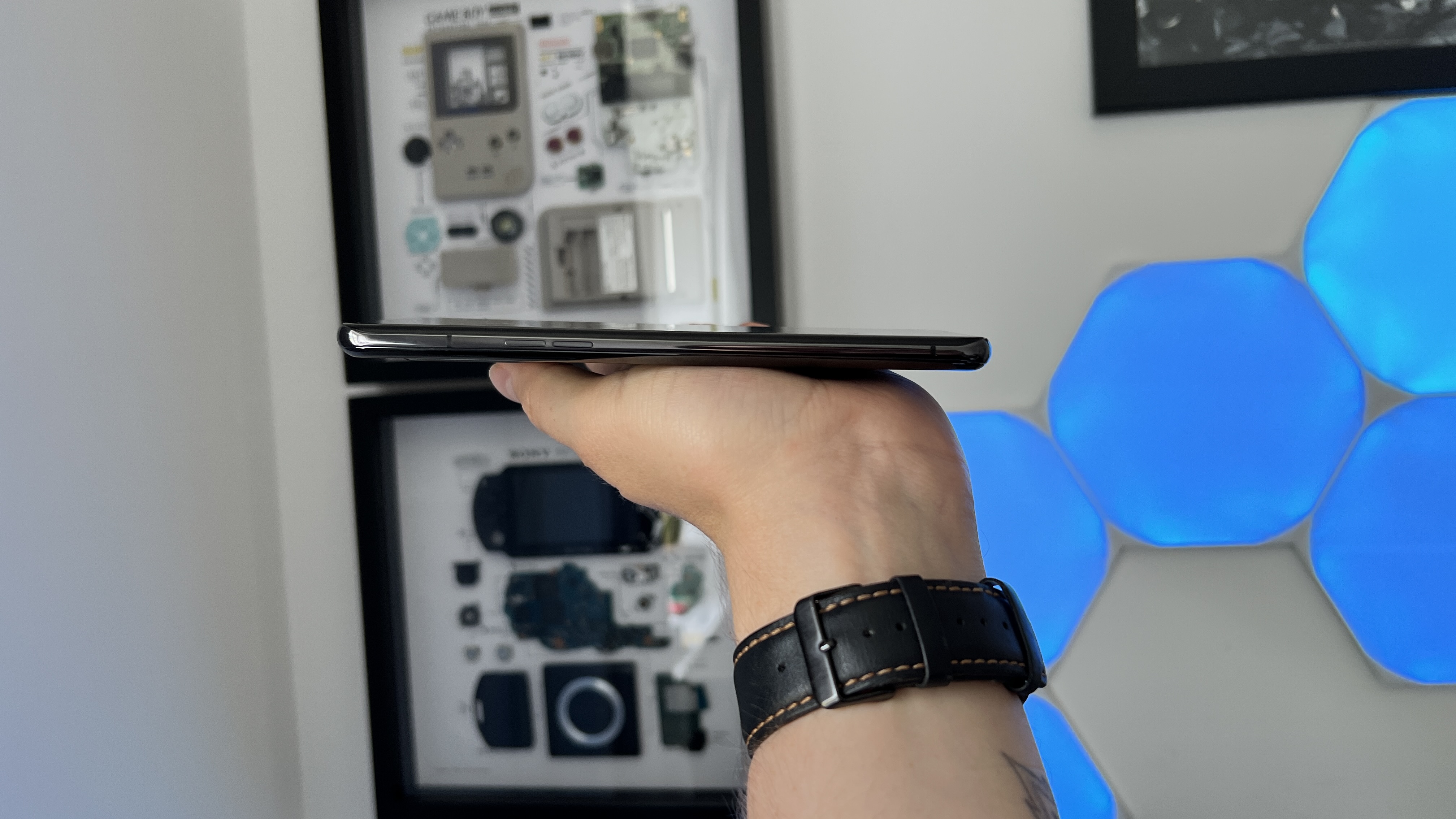
Oppo Find X5 Pro display
The Oppo Find X5 Pro is equipped with a 6.7-inch AMOLED display with HDR 10+ and up to 1,300 nits of peak brightness. Yep, that’s exactly the same as the OnePlus 10 Pro, and it’s still fantastic to gaze upon.
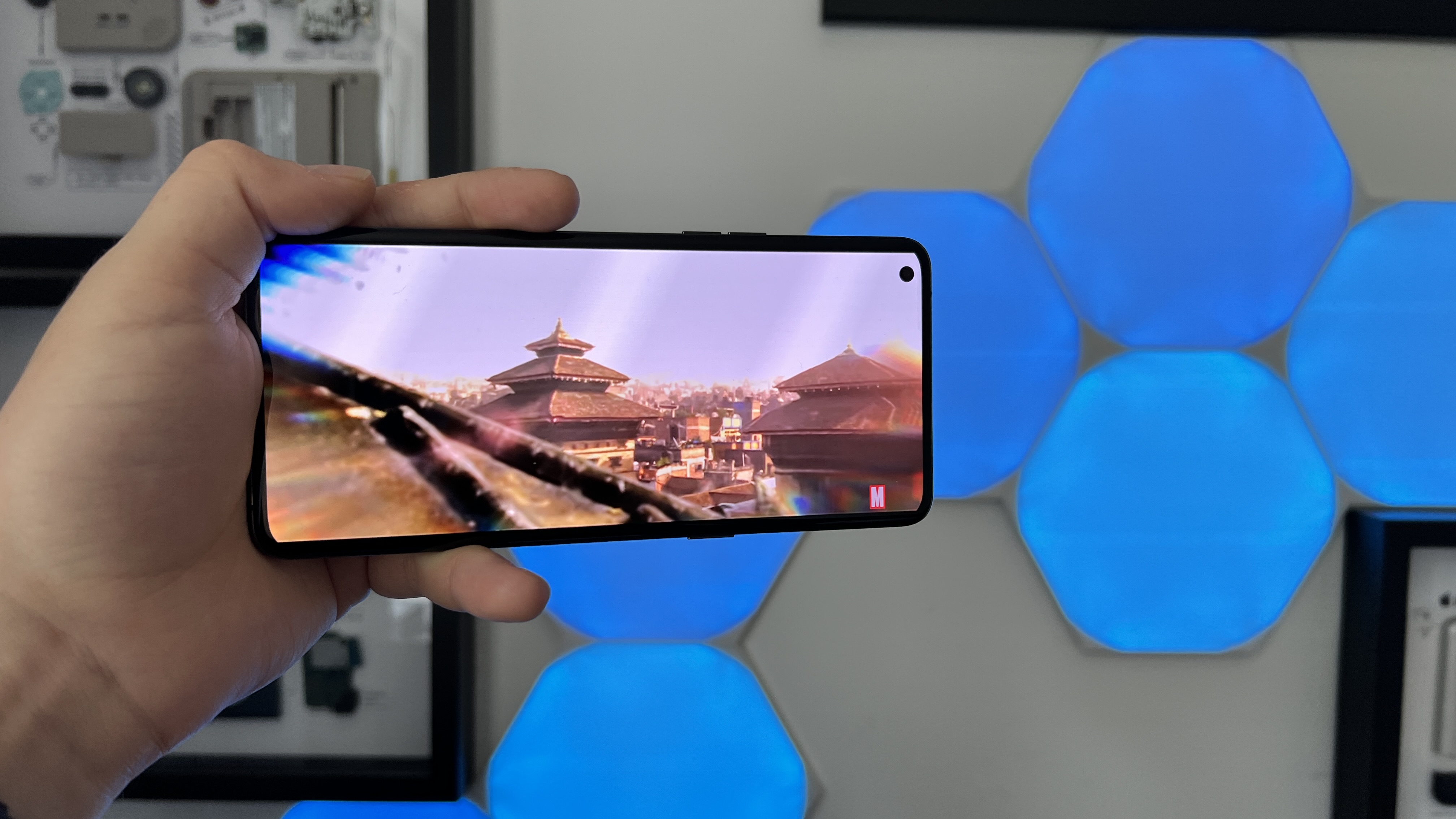
Colors pop off the screen and the 1440 x 3216-pixel resolution ensures that everything is crisp with a buttery smooth fluidity thanks to the 120Hz refresh rate. Plus, that second generation LTPO technology that we saw in the 10 Pro makes the panel even more battery-friendly, as it can turn the refresh rate all the way down to 1Hz when looking at a still image.
The end result is a gorgeous color accuracy that is a joy to watch and do things on. Watching the Doctor Strange in the Multiverse of Madness trailer really highlights the HDR and contrast ratio, as spells glow off the screen with luminosity and every scene has an impressive depth to it.
Oppo Find X5 Pro audio
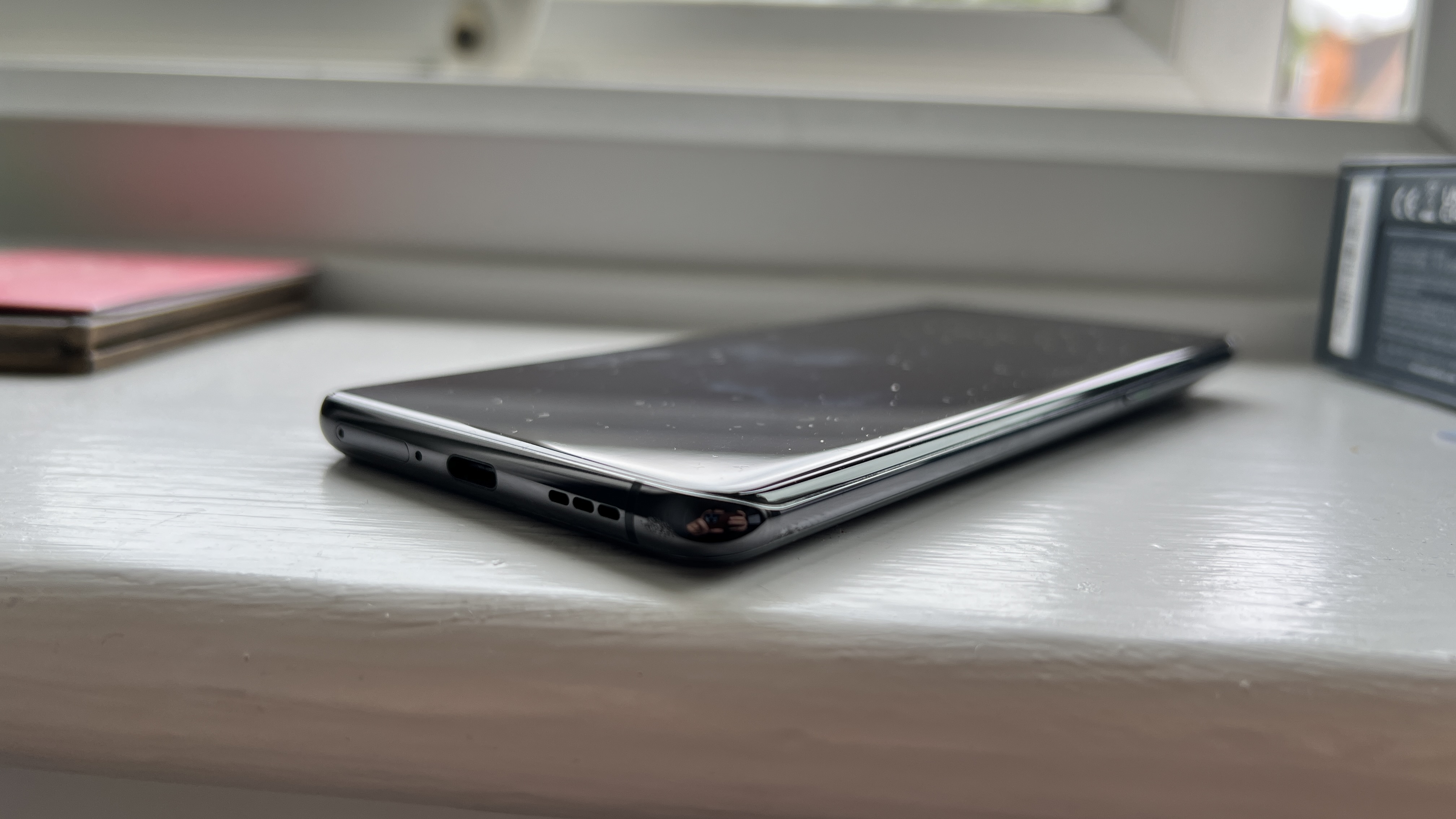
The lack of a headphone jack is disappointing, but not surprising. However, the on-board stereo speakers are capable of pumping out sound with decent-enough depth for casual listening on the go. Granted, they’re tinny (they’re phone speakers after all), but they’re OK for video calls and TikTok scrolling.
Four Year Strong’s cover of “Bittersweet Symphony” sounds great, with subtle details in the quiet parts highlighted nicely, while handling the onslaught of the thrashing loud chorus sections without distortion.
Oppo Find X5 Pro performance
The Oppo Find X5 Pro is packing some serious power with the Snapdragon 8 Gen 1 chipset and up to 12GB RAM. When put to the test in Geekbench 5, it hit a multi-core score of 3,426, which is just a hair behind the identically-specced OnePlus 10 Pro (3,480), but naturally falls behind the iPhone 13 (A15 Bionic, 4,436).
As for graphics, this powerhouse held it’s own in 3DMark’s WildLife test with a perfect 60 frame per second— beating the iPhone 13 (55.9 fps) and matching the 10 Pro.
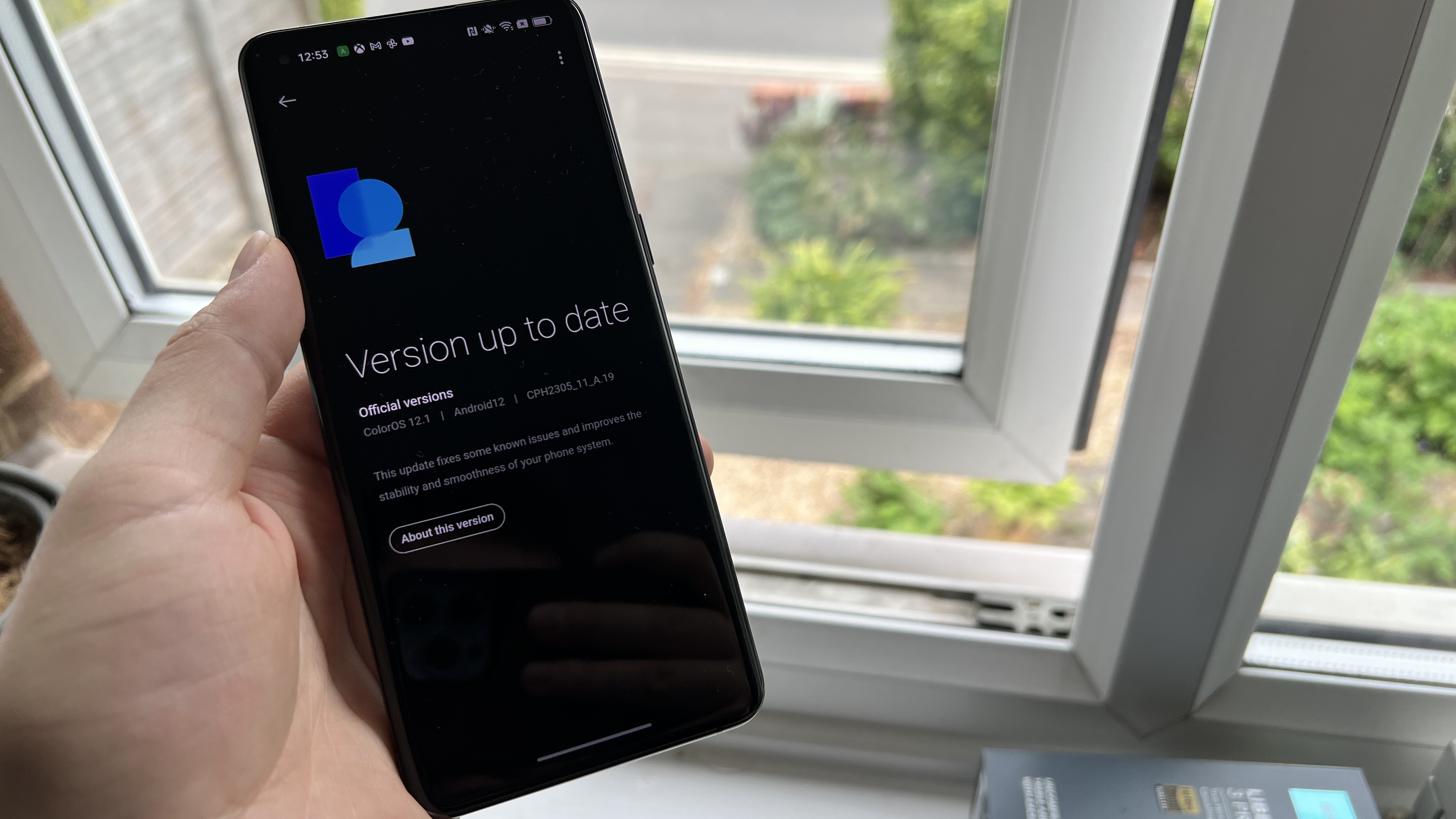
Of course, these numbers only tell half the story, as it’s all about how this translates into day-to-day use. I didn’t come across a single second of stuttering no matter what I threw at this phone. Games like Real Racing 3 and Call Of Duty: Mobile look and perform great here, while multitasking between said games, Adobe’s Photoshop mobile, Instagram and more didn’t slow things down at all.
It’s worth noting that in WildLife Stress testing and under more intense processor loads, the phone does get quite hot on the back. Don’t get me wrong, it doesn’t force close apps due to overheating issues like the Xiaomi 12, but you can really feel it spice up towards the camera bump.
If you are worried about any potential thermal throttling and want peak gaming performance, maybe look towards the RedMagic 7 Pro. But most of you will be more than happy with the performance on offer here.
Oppo Find X5 Pro battery life and charging
With a 5,000mAh battery inside, the Oppo Find X5 Pro matches the 10 Pro yet again, so while we don’t have official lab battery test results for the X5 Pro, it’s fair to assume you’re going to get very close to the 12 hours and 28 minute-mark that OnePlus hit. Translation: strong, worry-free battery life for a whole day.
A typical day of use for me (including a few hours of web browsing, listening to podcasts and Spotify all day, plenty of social media use, photography, gaming, and watching YouTube videos in the evening) left me with 20-25% of battery left in the evening before going to bed.
Plus, 80W fast wired charging and 50W fast wireless charging ensures you can top it up quickly in almost all situations. I managed to juice this back-up to full in the time it took me to drink a couple Estrellas and stuff my face with tapas in Barcelona — roughly 45 minutes.
Oppo Find X5 Pro cameras
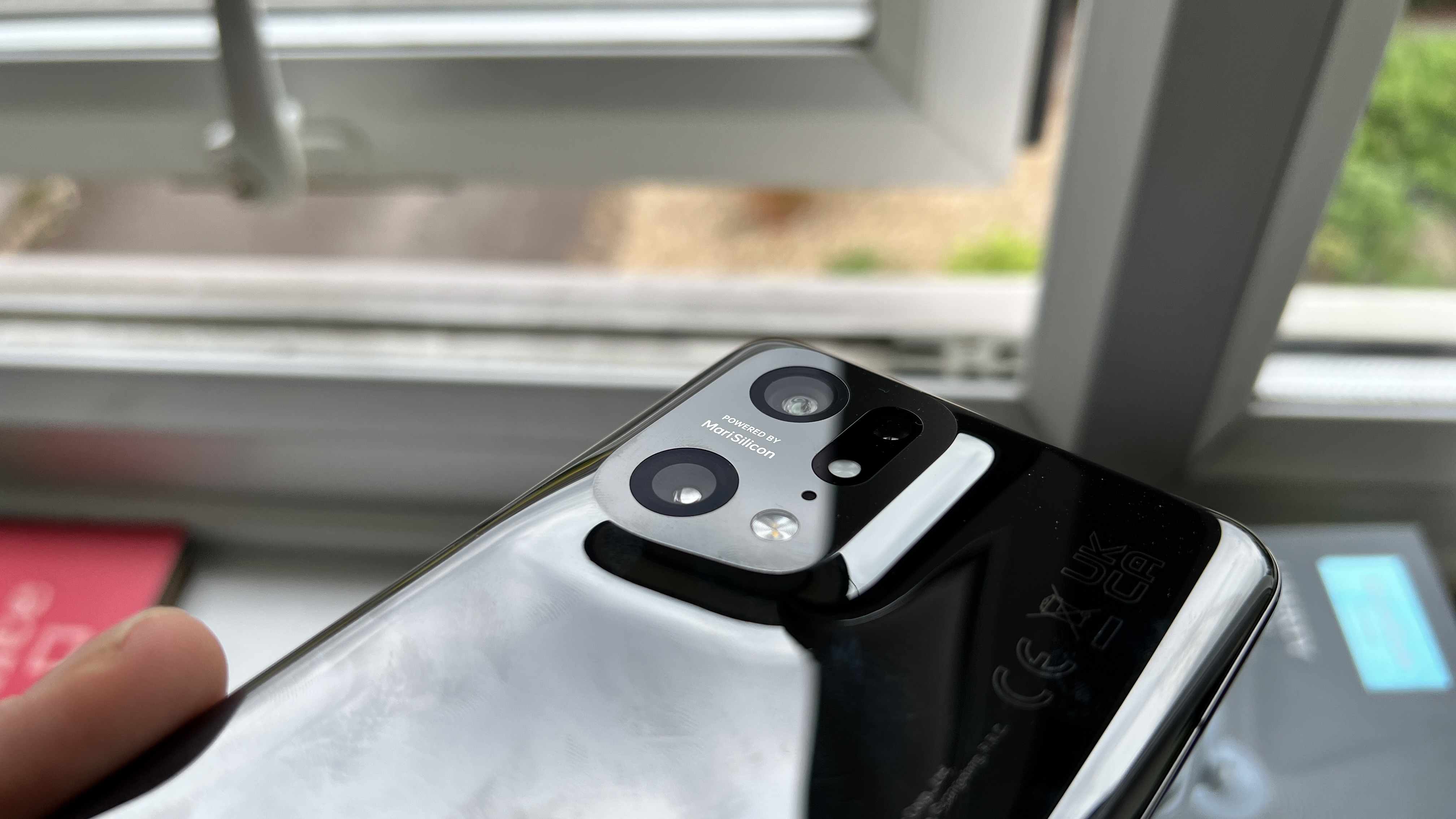
Oppo benefits from its OnePlus merger with a whole lot of Hasselblad color calibration in its 50MP main shooter with f/1.7 aperture, a 13MP telephoto (2x zoom) with f/2.4 and a 50MP 110-degree ultra-wide with f/2.2.
Flip round to the front and you’ll spot a 32MP selfie snapper with f/2.4 aperture, which produces decent detail and a healthy amount of color without looking too over-processed (provided you don’t turn on any of the AI filter options).

As for the back, the main shooter with a six-element lens produces some great pictures. The color science feels interesting upon first sight — nailing that same vibe as the OnePlus 10 Pro of being both well balanced but super vivid all at the same time.
It takes a bit of getting used to and there are moments where it can creep over into the hyperreal, but 99% of the time, you’re getting some nice, dramatic shots in all lighting conditions without any seriously noticeable artifacting

Meanwhile, the ultra-wide provides a lot more detail than previous Oppo phones, but why they went with 110 degrees rather than the 150 of the 10 Pro will baffle me for many days to come. And finally, the 2X optical zoom does produce some fuzz, but not to the point that it ruins any faraway detail you’re trying to get.

As for videography, capturing up to 4K video is nice (although less than the 8K capabilities of the OnePlus 10 Pro), and that’s bolstered by a slew of creative features including Ultra HDR support, binaural audio and optical image stabilization for a shake-free picture quality.
All in all, you’ll struggle to tell the difference between the OnePlus main shooter and that of the Find X5 Pro, but the feature set of the 10 Pro and that expanded ultra-wide does make it a more feature-complete option.
Oppo Find X5 Pro ColorOS 12.1
Oppo’s ColorOS on top of Android 12 is fast, clean and easy to use most of the time. There are even some neat user-friendly features, such as the Control Center-esque swipe down, air gestures that allow you to interact with the phone in some ways without even touching it (great when you’re cooking), a refreshed aesthetic style that adds a subtle 3D look to everything and a comprehensive customization suite.
But with a fair amount of bloatware, a lack of the work/life balance tools and the far more preferable widget-laden shelf of Oxygen OS, the OnePlus 10 Pro software is a little more user-friendly.
Both receive the same software support, though: 3 years of software updates and 4 years of security updates. That’s a decent amount of time that should see you through to your next upgrade.
Bottom Line
The Oppo Find X5 Pro is the right phone at the right place at the wrong time.
I’m a big fan of the design aesthetic, the screen is gorgeous and the internals lead to smooth sailing no matter how many processor-intensive apps you throw at it.
However, the OnePlus 10 Pro offers near-identical specs and a better software experience, all for a lower price. Why wouldn’t you opt for the 10 Pro?
If the 10 Pro didn’t exist, I’d be wholeheartedly recommending the X5 Pro as one of the best Android phones you can get right now. But it’s not, and Oppo’s flagship stays in the shadow of its own subsidiary.

